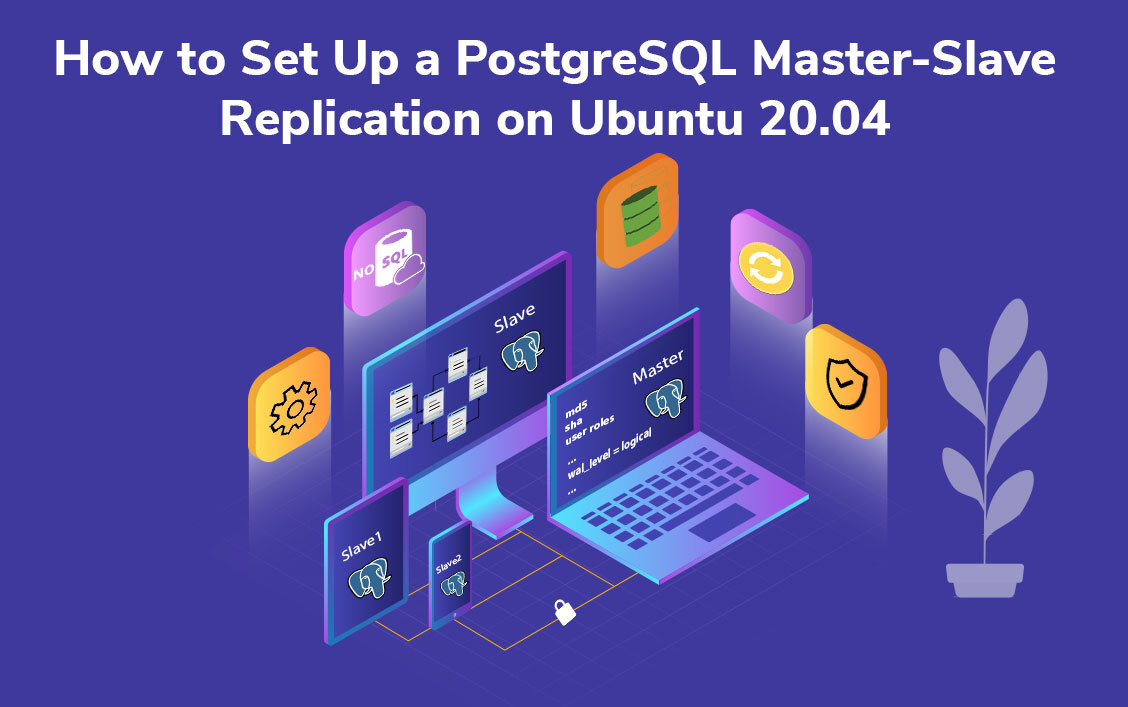MongoDB Vs MySQL: A Complete Tutorial 2020
Here, in this blog, you will go through what’s so popular about the MongoDB and MySQL databases, its highlights and…
How to Set Up a PostgreSQL Master-Slave Replication on Ubuntu 20.04
PostgreSQL, an open-source object-based relational database management software (RDBMS). Known for its horizontal scaling, high availability and extensibility, PostgreSQL is…
How to Install and Configure MongoDB on Ubuntu 20.04
MongoDB, an open-source document database software and falls under the category of NoSQL database as it uses JSON-like documents with…
How to Install PostgreSQL on Ubuntu 20.04
PostgreSQL, one of the most popular open-source database management systems (object-relational) and it supports both SQL and NoSQL language. In…
How to Secure Nginx and Apache using Let’s Encrypt
In an era of data breaches and cyber attacks, it is crucial to safeguard your website from hackers and fraudsters….
How to Configure Elasticsearch on Magento 2.X.X
Elasticsearch is an open-source product that allows scalable search and analytics. Known for its speed, scalability, distributed nature and simple…
How to Install Magento 2.4 with Elasticsearch on Ubuntu 20.04
The new release of Magento 2.4 on July 2020 comes with improvements to all the core functionalities (over 100 new…
How to Install and Configure Elasticsearch on Ubuntu 20.04
Elasticsearch is a free and open source analytics and full-text search engine, i.e. fully document-based rather than schema and tables….
How to Install and Configure Docker Desktop on Windows 10
Docker, a powerful and flexible software supports cross-platform and execution on a Windows host, including Windows 10 (Pro or Enterprise)…









